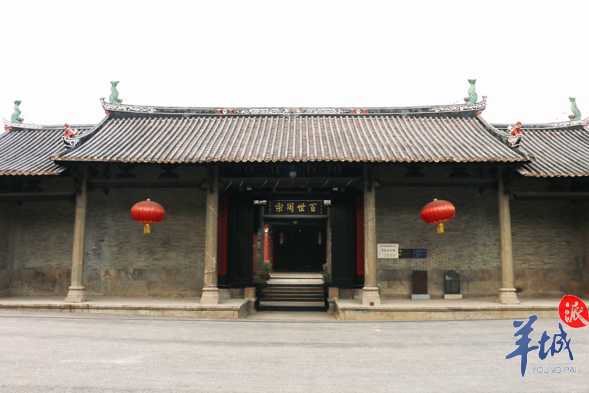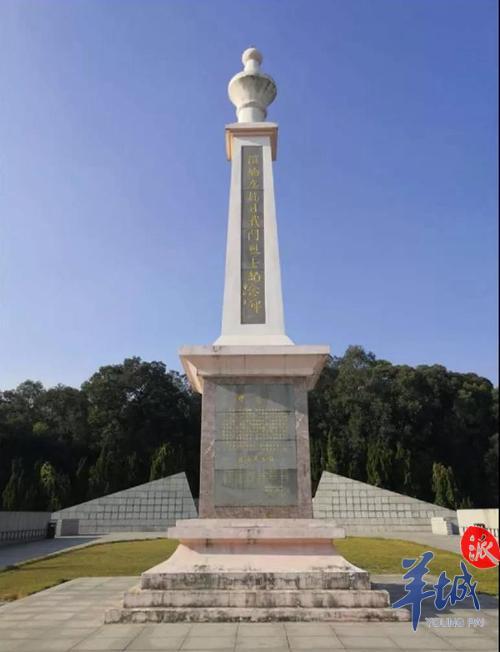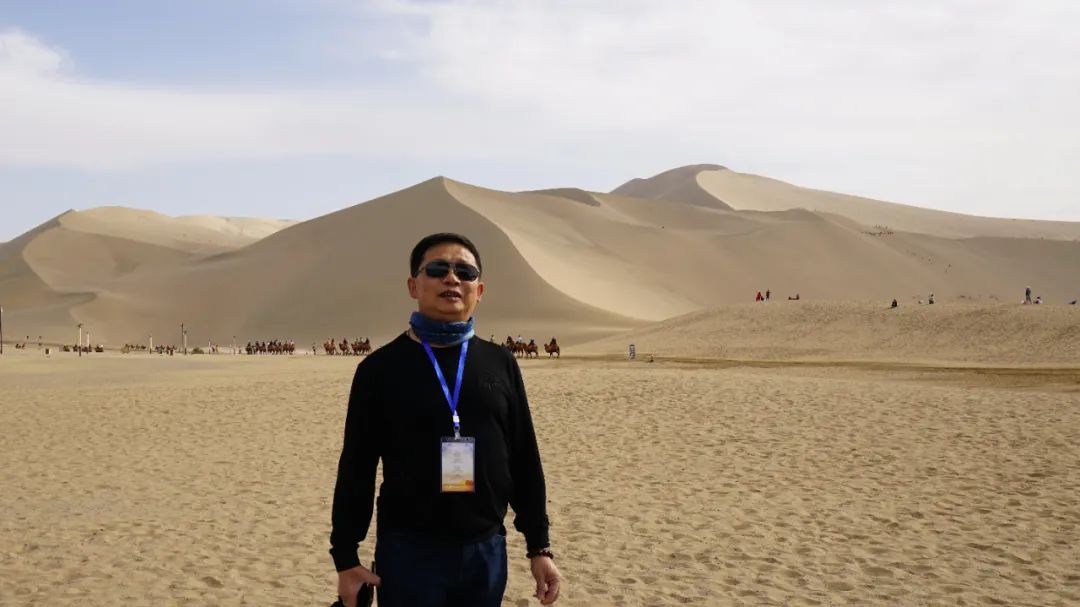"Audio" Yue lecture in Guangdong has ancient | Master of celebrities and heroes, will become the "south gate of the new axis" in the future
Author:Yangcheng Evening News Yangche Time:2022.08.31
Text, audio/Yangcheng Evening News all -media reporters Zeng Xiao and Tan Yan
Recently, the third meeting of the 4th Guangzhou Municipal Planning Commission Regional Planning Professional Committee was held. The transformation of Lizun Village has been concerned about the citizens for many years. Lizhen Village is located in the south of the central axis of the city of Guangzhou. It has a long history. There is a way of saying "there is no Henan, and there is a Li Yan first." Today's Guangdong talks about Guangdong, so let's find out the ancient azai in Liyu Village.
Recently, the third meeting of the 4th Guangzhou Municipal Planning Commission Regional Planning Professional Committee was held, and the planning of the Haizhu Lili area has moved new trends. The transformation of Lizhen Village has been concerned about the public. Lizhen Village is located in the south of the central axis of the city of Guangzhou. It has a long history. Today's Guangdong speaking in Guangdong has ancient times, so come to find out the past of Lizhen Village.
Lizhen Village has a history of more than 900 years. During the Southern Song Dynasty (early 12th century), a family of Wei came to Lixian and settled at the foot of a longan tree east of the village, and became the ancestor of the open village of the Lizhen Wei family.
In the Ming and Qing dynasties, the famous scholars of Lizhen Village came out. In the Qing Dynasty alone, Lizhen Village came out with three jinshi and more than 20 people. The folk also spreads the saying of "Jiulong goes to the sea, and the six cranes fly back", which means that nine children of the children will return to the exam, and six successful returns.
According to the sorting out by the Guangzhou Urban Renewal Association, there are 38 non -mobile cultural heritage in Lizun Village. Among them, the Ancestral Ancestral Temple is extremely representative. The building is large and is one of the few Ming Dynasty ancestral halls in Haizhu District. The Ancestral Temple of the Wei Family was announced as a municipal cultural relics protection unit in August 1993. In October 2012, it was announced as a cultural relics protection unit in Guangdong Province.

Wei's Temple Picture Source: Guangzhou City Update Association
The Great Ancestral Hall of the Wei Family was built in the 43rd year of Wanli (1615) in the Ming Dynasty. It has a history of more than 400 years and covers an area of more than 2,000 square meters. The archway behind the main entrance of the ancestral hall is unique, and the upper part is a swallow bucket arch structure. In the rigorous ancient society, this "swallow bucket arch" is a very high architectural form. Only the relatives of the emperor or the emperor can be used, otherwise it will violate the etiquette system. In the middle hall of the Ancestral Hall of the Wei family, 12 large screens were placed. This set of screens was given by Emperor Qianlong Emperor, which was used to recognize the old birthday star over the age of 60.
Lizhen Village also scattered some former residences or celebrities' former residences with historical and humanistic values during the late Qing Dynasty and the Republic of China, such as the former residence of the anti -Japanese martyr Wei Guoyao.
In 1913, Wei Guoyao was born in a landlord family in Li. In the spring of 1934, Wei Guoyao studied in Japan and was admitted to the Department of Political Economics of Tokyo Law. During studying abroad, he read a lot of Marxism -Leninism. After Wei Guoyao returned to China, he participated in the Communist Party of China in May 1938.

Wei Guoyao Martyrs Picture Source: The Party History Literature Research Office of the Guangzhou Municipal Party Committee of the Communist Party of China
At the end of 1942, Wei Guoyao returned to Lizheng to carry out underground work. At that time, Li Yan was controlled by ten brothers, known as "Ten Tigers". They rely on the Japanese forces to run across the country, and they are notorious. During the Qingming in 1944, the second detachment of the Guangzhou City Guerrillas, with the secret cooperation of the underground party organization, in accordance with the plan formulated by Wei Guoyao, captured the eight "tigers" in the "Ten Tigers" in one fell swoop and seized it and seized it. A large number of weapons. After the news of "Zhizhigai" spread, the people in the 24 villages nearby were clapped.
In July 1944, Wei Guoyao was appointed as the captain of the new second brigade of the second team of the second team of the Guangzhou Guerrilla. On the 25th of the same month, the brigade settled in the plantation of the Shizhuang 20 miles away from the city bridge. In the early morning of the 26th, about 500 Japanese troops ran to surround the planting village overnight. The new second team of Guangyou Second Division fought blood, repelled the enemy's multiple attacks, and killed more than 70 enemy forces. During the battle, Wei Guoyao, who was suffering from malaria and had a high fever, unfortunately bounced in his chest when he broke through, sacrificed, only 31 years old.
In 1994, in order to commemorate the Martyrs of Wei Guoyao, the Lizhen Elementary School (the first name "Minzhi Primary School"), which was founded and fought in his lifetime, set up the Martyrs Memorial Hall of the Martyrs of the Guo Yaoyao, and renamed the school named Wei Guoyao Memorial Primary School.

Plant Zhuang Anti -Japanese Fighting Martyrs Monument Monument Picture Source: Party History Research Office of the Communist Party of China
Recently, at the third meeting of the 4th Guangzhou Municipal Planning Commission Regional Planning Professional Committee, the Detailed Plan for the Control of the Lizhu District (AH1017 -AH1024 Planning Management Unit) was reviewed and approved. Among them, it is proposed that the Lili area should be made into a new axis South Gate · Digital Science and Technology Bay for the next 100 years, forming a cluster of landmarks in a fusion of image land, ecological landmarks, and cultural landmarks, and further strengthening the south gate of the central axis. Iconic.
Source | Yangcheng Evening News · Yangcheng School
Picture | Guangzhou Urban Renewal Association, the Party History Research Office of the Guangdong Provincial Party Committee of the Communist Party of China, and the Party History Literature Research Office of the Guangzhou Municipal Party Committee of the Communist Party of China
Editor -in -law | Chen Qian
School Delivery | Zhao Dandan
- END -
Weifang created "East Asian Cultural Capital" | Qingzhou Library Enter the community to carry out book changes

One book and one world, one city is affectionate. A good reading atmosphere can no...
[Masterpiece Poetry Painting and Calligraphy] Xiao Yuhan · Ren Yin Xia Bing Collection

Introduction to Xiao YuhanXiao Yuhan, the Chongqing people live in Long. Good at d...